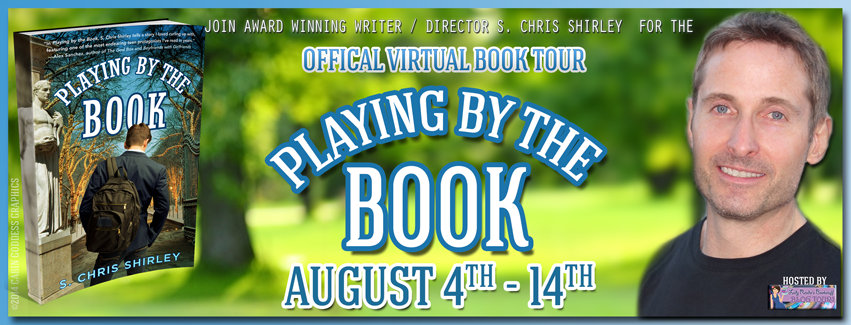10 Editing Tips to Make Your Writing Sing
So you’ve poured your heart out on the page by writing an incredible blog post or email or love letter that will resonate with your audience. After spending all that time getting your thoughts on the page, you now want to hit SEND so you can get to the next episode of Project Runway. Before you do, take a few minutes to check your work using these 10 Editing Tips.
- Eliminate unnecessary prepositional phrases. Words like at, in, from, by, with, to, on, of, and for just slow your sentences down. Eliminate as many as possible.
- Eliminate as many forms of the verb “to be” as possible. They are passive and lifeless—use action verbs instead.
- Eliminate unnecessary adverbs. Every adverb should be challenged. Sure, they are sometimes necessary, but they mostly just add clutter to your sentences.
- Eliminate “-ing” verbs and replace them with “-ed” verbs. Progressive verbs (those that end in “-ing”) often force you to add a form of “to be” to your sentence. So instead of writing “the trees were swaying back and forth,” consider whether “the trees swayed back and forth” would work.
- Show, don’t’ tell by making your writing visual. Instead of “That shirt is ugly,” write something like “Did you get that off a clearance rack?”
- End on the “zinger.” Whether it’s an insult or a joke, it will carry more weight if the zinger is the final word. “I’ve seen clearance racks with better shirts” is just hurtful and not funny at all because the zinger “clearance rack” is lost in the middle of the sentence. Instead, put the zinger at the end: “Did you get that off a clearance rack?”
Note: I do not encourage insulting actual people – only fictional ones. Please use your editing powers responsibly.
- Pay close attention to cause and effect. As humans, we react to outside stimuli in this order: feeling, actions, speech. So when your protagonist gets slugged by his best friend, make sure that he feels the pain then puts his hand to his face (or punches back) and then speaks. If you write that he speaks first then slugs back then feels the pain, you’re just confusing your reader.
- Always make sure motivation is clear to your reader. While you were reading #7, were you wondering why the protagonist’s best friend slugged him? Wasn’t that a little distracting? I mean, I was asking you to fill in the blanks as to why this would happen. That’s something you should never do (unless you’re writing a list of Top 10 Editing tips). ALWAYS make sure your reader understands why something is happening; otherwise, you’re asking them to fill in the blanks. That being said…
- Always ask your reader to fill in a few blanks. This is what makes your writing engaging. So instead of saying that his eyes were blue, say that they were the color of sapphires. In this way, your reader is actively engaged in conjuring up the color of sapphires, which makes her a more active participant in the story.
- We are not in English Class. Unless you are writing for business, let English serve you and not the other way around. You can end your sentence with a preposition, begin it with a conjunction, or even use a sentence fragment. Just write clearly.
Please use the space below to share your best editing tips (or to dispute any of mine).
I want to add: Spell correctly. PLEASE. please!
Thanks to Amy at Lady Reader Kick Butt Blog Tours for adding me on this tour; Love ya BABES!

